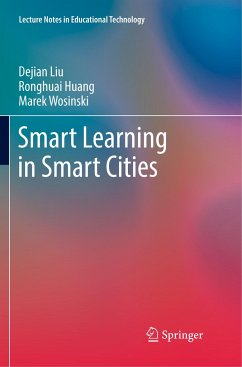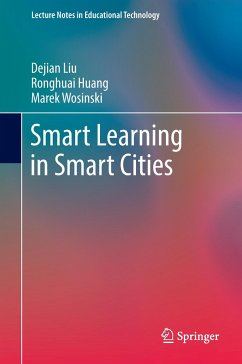
Re-imagining Technology Enhanced Learning
Critical Perspectives on Disruptive Innovation
Versandkostenfrei!
Versandfertig in 6-10 Tagen
83,99 €
inkl. MwSt.
Weitere Ausgaben:

PAYBACK Punkte
42 °P sammeln!
This book analyses technology enhanced learning through the lens of Disruptive Innovation theory. The author argues that while technology has not disrupted higher education to date, it has the potential to do so. Drawing together various case studies, the book analyses established technologies through a Disruptive Innovation perspective, including virtual learning environments, and includes Wikipedia as an example of successful innovative disruption. The author also examines the disruptive potential of social media technologies and the phenomenon of user-owned technologies. Subsequently, the a...
This book analyses technology enhanced learning through the lens of Disruptive Innovation theory. The author argues that while technology has not disrupted higher education to date, it has the potential to do so. Drawing together various case studies, the book analyses established technologies through a Disruptive Innovation perspective, including virtual learning environments, and includes Wikipedia as an example of successful innovative disruption. The author also examines the disruptive potential of social media technologies and the phenomenon of user-owned technologies. Subsequently, the author explores strategic narratives for technology enhanced learning and imagines what the Disruptive University might look like in the future. This book will be valuable for scholars of technology enhanced learning in higher education as well as those looking to increase their understanding of and practice with technology enhanced learning.












